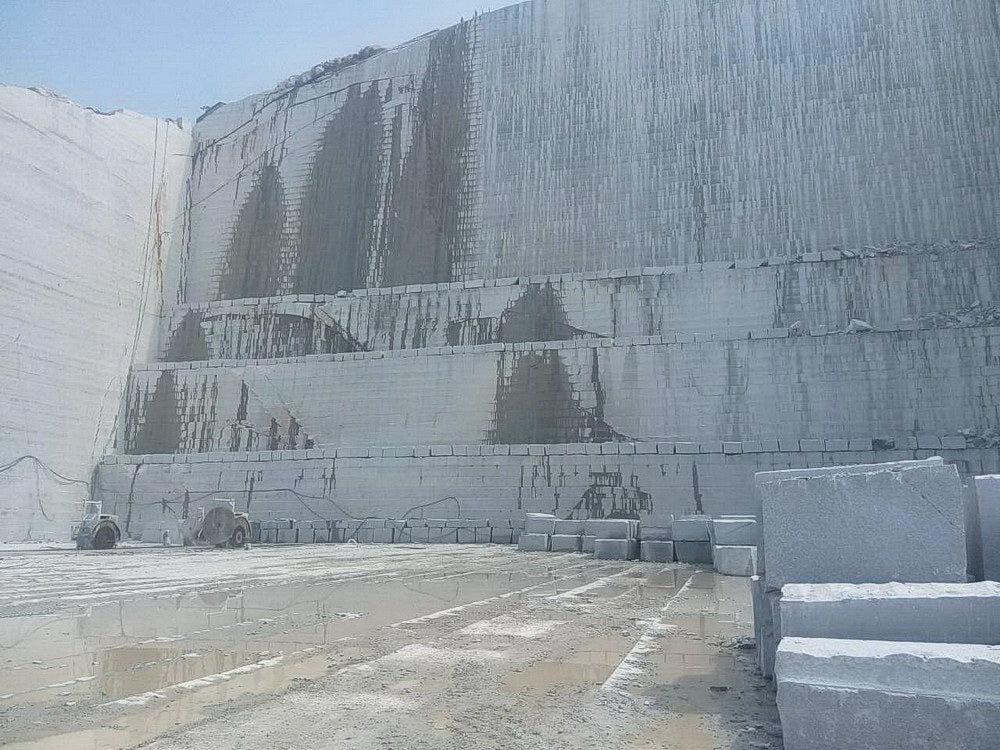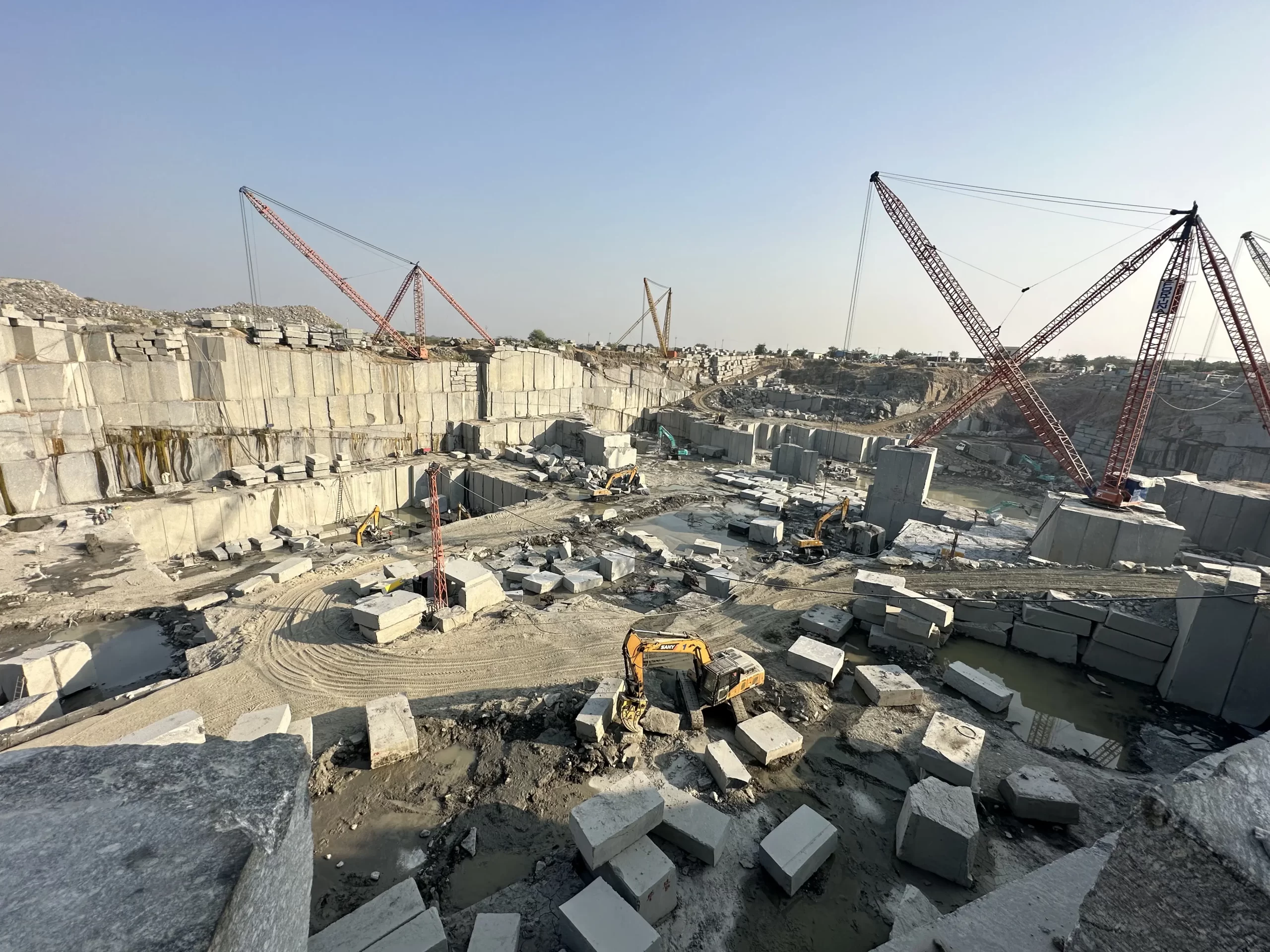Diving right into of Granite Quarries in South Africa
Diving right into of Granite Quarries in South Africa
Blog Article
Unveiling the Mysteries of Granite Quarrying: Where Strength and Beauty Meet
The globe of granite quarrying is a realm where the raw toughness of nature assembles with human creativity to produce structures that stand the test of time with an air of elegance. From the depths of quarries to the careful polishing in workshops, the process of transforming granite into architectural wonders is an intricate dance of practice and advancement. As we peer into the depths of this ancient craft, we begin to discover the concealed complexities that shape the really significance of our built environment.
The Origins of Granite Quarrying
In the annals of building background, the origins of granite quarrying are shrouded in a tapestry of old workmanship and geological marvels. Dating back to ancient Egypt and Mesopotamia, the removal of granite from quarries marked the start of a journey that would ultimately result in the production of some of the world's most renowned structures.
Granite quarrying's origins can be mapped to the skilled artisans that acknowledged the rock's durability and visual appeal. With a mix of primitive devices and sheer determination, these very early quarry workers uncovered granite blocks that would certainly come to be the building blocks of worlds.
As human beings evolved, so did the methods of quarrying granite. The Romans, renowned for their engineering prowess, developed sophisticated techniques for drawing out granite to create monoliths, temples, and roadways that stood the test of time.
The heritage of these ancient quarrying practices remains to shape contemporary style, with granite remaining a symbol of strength and style in construction projects around the globe. (granite quarries in south africa)
Tools of the Quarrying Trade
The evolution of granite quarrying methods from ancient civilizations to modern times highlights the vital role played by the tools of the quarrying profession in shaping the industry's techniques. In ancient times, quarrying tools were primary, typically containing blades, hammers, and wedges made from materials like bronze or iron. These devices required considerable workforce and time to remove granite obstructs from quarries.

Furthermore, the introduction of pneumatic devices and high-powered machinery has significantly lowered the physical labor required in quarrying procedures, improving worker safety and security and performance. As the quarrying market remains to introduce, the devices of the trade continue to be at the leading edge of driving development and shaping the future of granite extraction.
Removing Blocks of Granite
Using accuracy machinery and advanced methods, the extraction of granite obstructs from quarries has actually become an innovative process in the modern-day quarrying market. The first action includes recognizing the location and size of the granite down payment to establish the most effective extraction method. When an appropriate website is selected, the removal procedure begins with the drilling this hyperlink of openings find here for the positioning of dynamites. Controlled blowing up methods are then used to damage apart the granite into convenient areas.

Sprucing Up and Ending Up Techniques
To attain a remarkable surface on granite blocks, experienced artisans use a series of meticulous sprucing up and finishing strategies. After the preliminary extraction and forming processes, the granite obstructs go through a comprehensive sprucing up stage to boost their natural beauty and durability. One typical method made use of in polishing granite is ruby abrasion, where industrial rubies are used to grind and brighten the stone to a smooth coating. This process not just creates a shiny surface however also makes sure uniformity in color and appearance across the granite block.
In enhancement to polishing, finishing strategies are used to more improve the granite's appearance. By very carefully selecting and using these brightening and finishing strategies, craftsmens can change raw granite blocks into splendid pieces that showcase both strength and elegance.

Ecological Effect and Sustainability
With the expanding emphasis on ecological consciousness in the sector, granite quarrying practices are significantly inspected for view website their influence on natural deposits and long-term sustainability. Quarrying for granite can have considerable environmental ramifications. The removal process commonly involves making use of hefty machinery, dynamites, and huge amounts of water, causing habitat damage, dirt disintegration, and water pollution. Furthermore, the transport of granite from quarries to processing facilities creates carbon exhausts, even more adding to ecological degradation. granite quarries in south africa.
To mitigate these impacts and guarantee sustainability in granite quarrying, market stakeholders are embracing different procedures. Applying advanced technologies to decrease energy usage and water usage, recovering quarried land for environmental repair, and advertising accountable sourcing methods are some methods being utilized. Moreover, accreditations such as the Woodland Stewardship Council (FSC) and the Leadership in Energy and Environmental Design (LEED) help consumers recognize eco pleasant granite items.
Verdict
Finally, granite quarrying is a process that calls for specialized devices and techniques to remove blocks of granite and polish them to a high level of surface. While the environmental influence of quarrying can be considerable, initiatives are being made to enhance sustainability practices in the sector. In general, granite quarrying is a fragile balance in between taking advantage of the strength and style of this natural rock while reducing its effect on the atmosphere.
Report this page